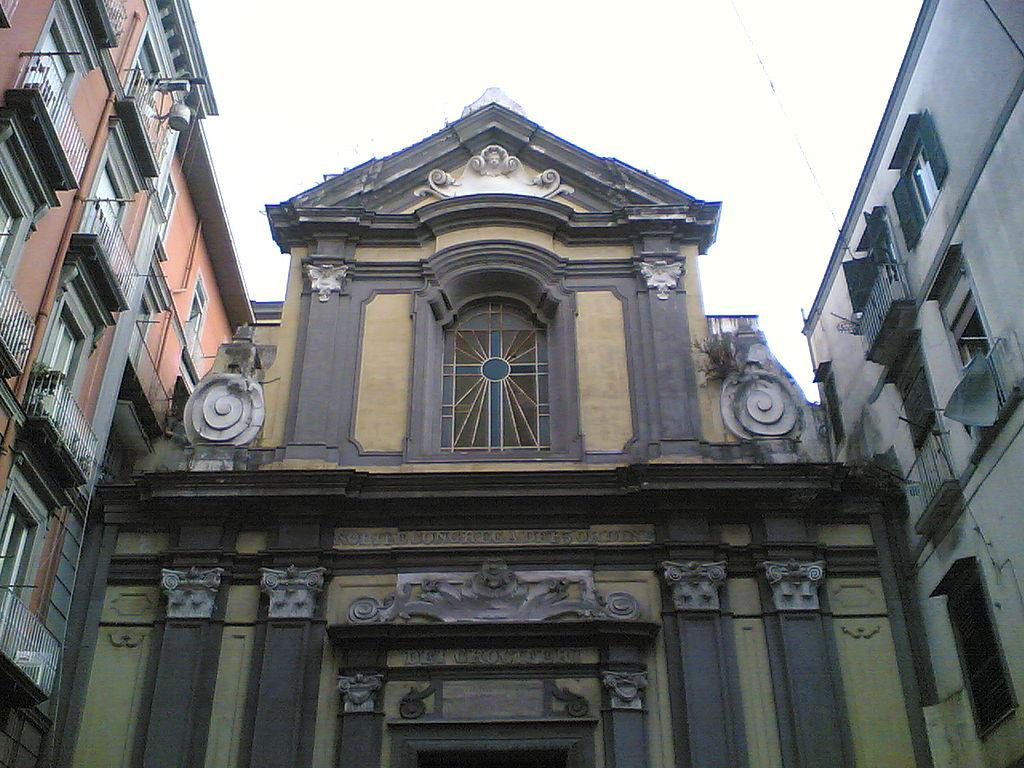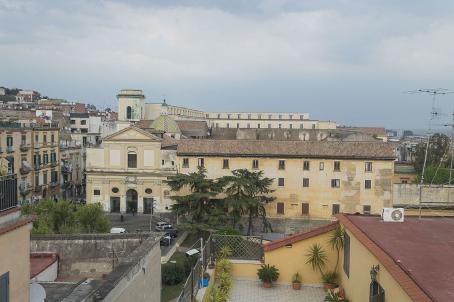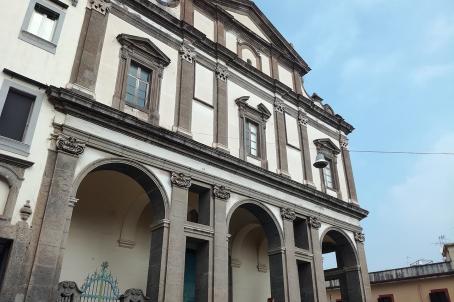Church of Sant'Aspreno ai Crociferi - Jago Museum
The Church of Sant'Aspreno ai Crociferi is a historic 17th-century temple in Naples. Since 2022 it has housed the Jago Museum, dedicated to the works of artist and sculptor Jacopo Cardillo.
About this building
The church was originally built in 1633. It was abandoned after the "La lava dei Vergini", a mud flood that covered Fontanelle and the Sanità in Naples and caused serious damage in the city. Finally, it was rebuilt in 1760 by Italian architect Luca Vecchione.
Italian artist Jago used the church in 2022 as a laboratory for the creation of some of his sculptures. The church was closed at that time. It now houses a museum exhibiting his works. The "Veiled Son" is the most known one.






